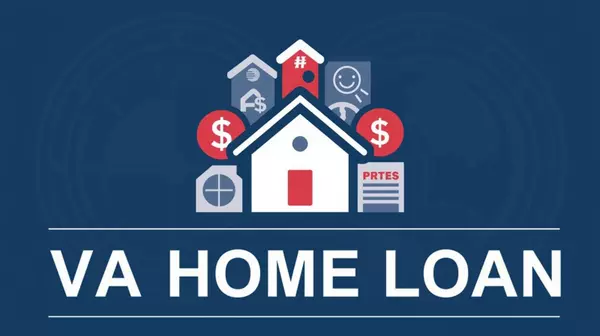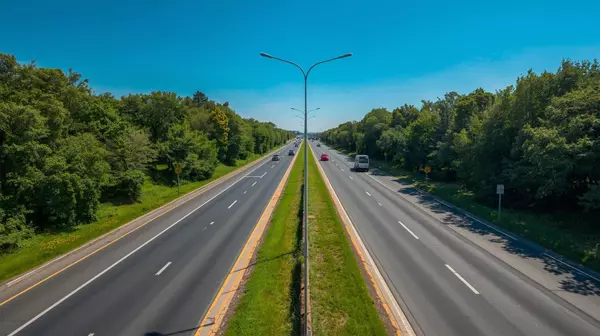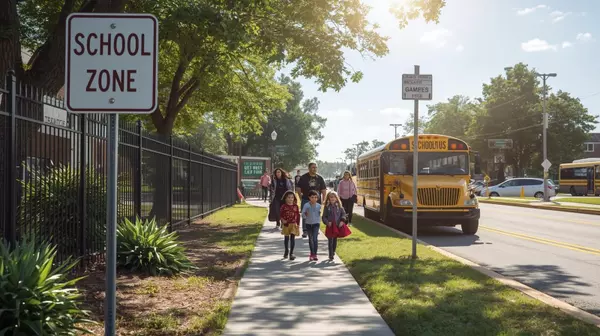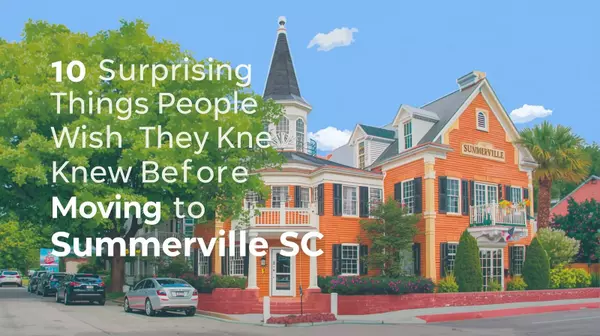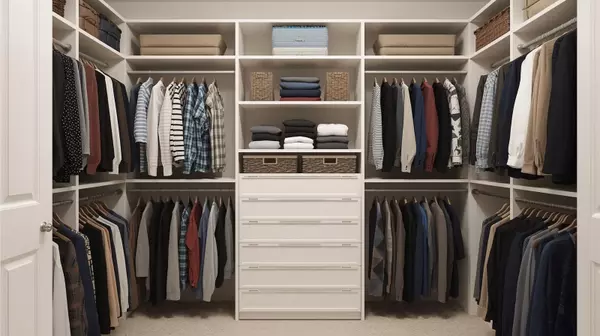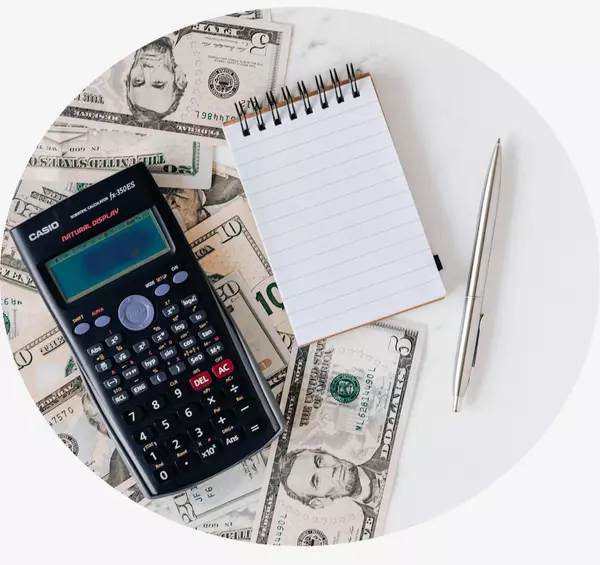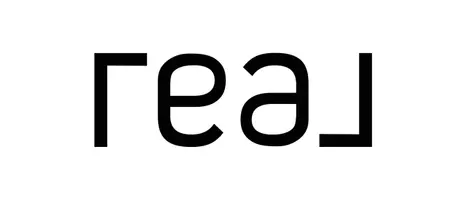Mastering the VA Loan: A Step-by-Step Guide for Military Home Buyers
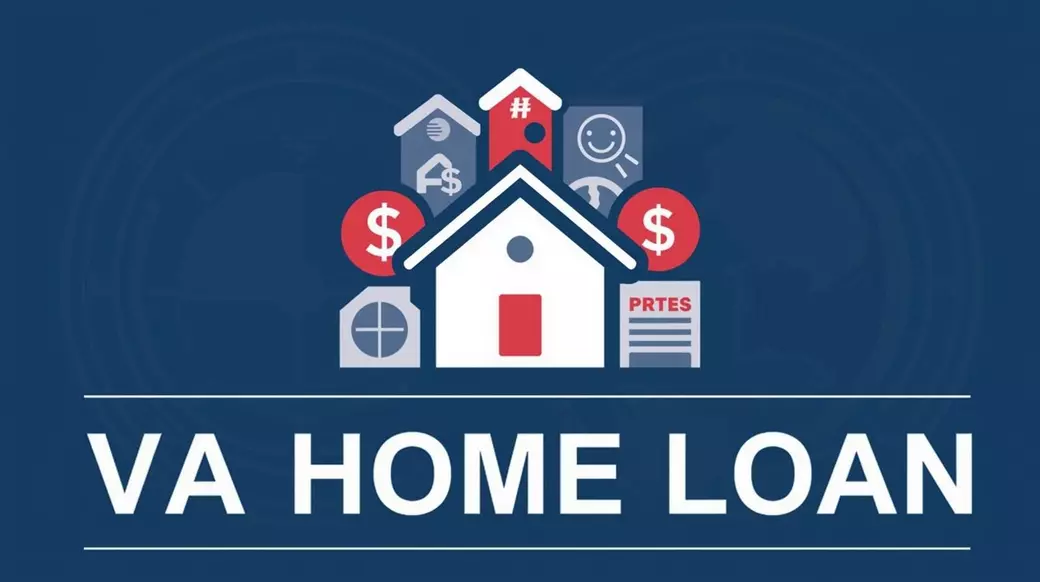
Mastering the VA Loan: A Step-by-Step Guide for Military Home Buyers
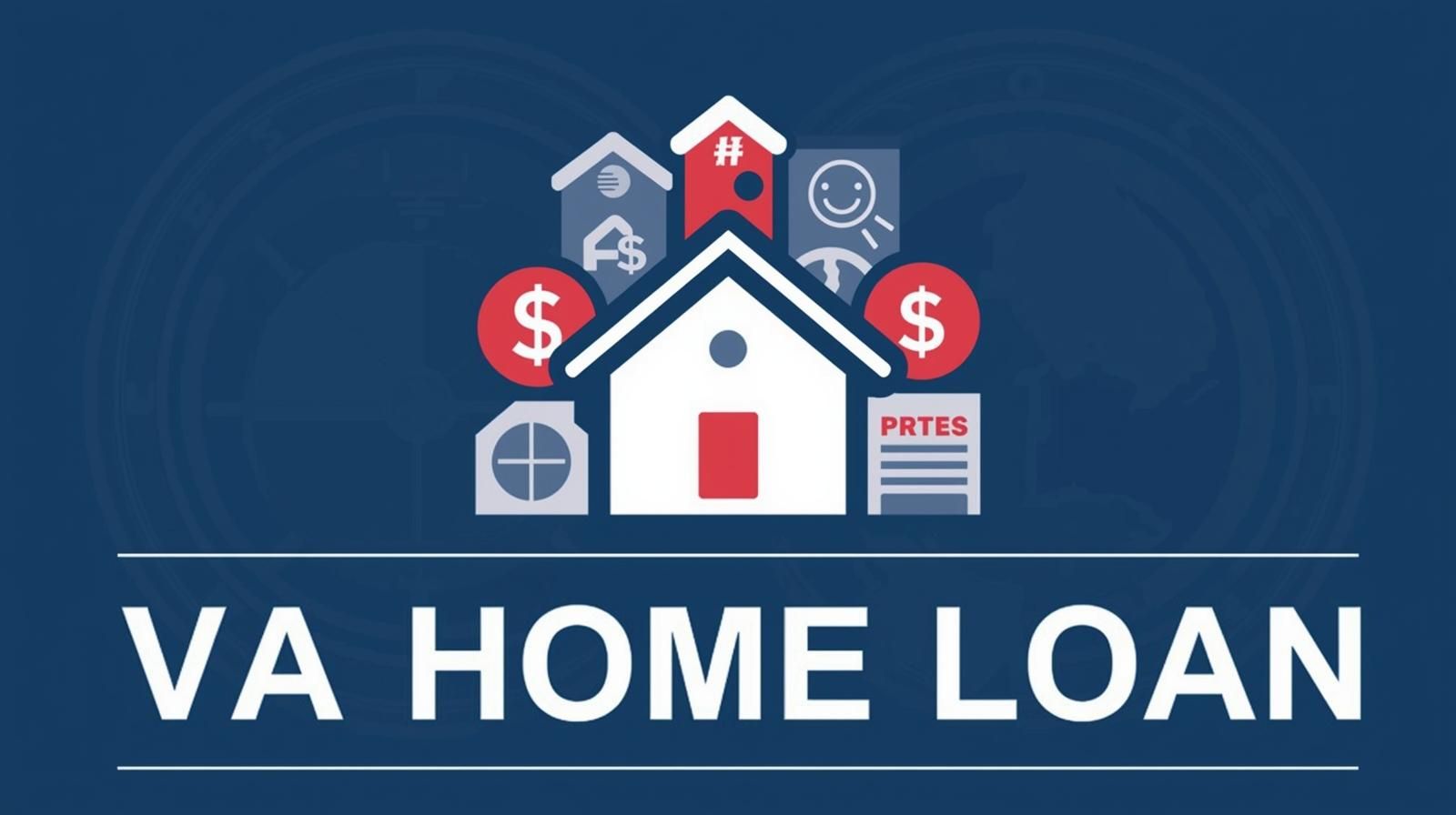
Unlock Your Homeownership Dream: The Power of the VA Loan Benefit
Serving our country is an immense sacrifice, and the VA Home Loan is one of the most powerful and well-deserved financial benefits offered to our military community. Jeff is a military Retiree, and is part of our husband and wife real estate team, we've helped countless service members and Veterans navigate the path to homeownership, and we understand the unique challenges and opportunities you face. This comprehensive, step-by-step guide is designed to empower you with the knowledge to maximize this benefit and secure your dream home with confidence.
The VA Loan is more than just a mortgage; it's a testament to your service. It’s backed by the U.S. Department of Veterans Affairs and provided by private lenders, enabling us to offer incredibly favorable terms that are often unmatched by conventional financing. With benefits like no down payment, low interest rates, and no private mortgage insurance (PMI), the VA Loan program is specifically designed to make homeownership accessible and affordable for those who protect our freedom. We're here to walk you through every stage, from proving your eligibility to closing on your new home.
Essential VA Loan Benefits: Why This Program Stands Apart
Choosing the VA Loan over other financing options offers significant financial advantages that can save you thousands of dollars both upfront and over the life of your loan. Understanding these core benefits is the first crucial step in mastering this process.
The Down Payment Advantage
One of the most defining and powerful features of the VA Loan is the ability to purchase a home with $ down. Unlike conventional mortgages, which often require a significant down payment of to , the VA's guaranty allows us to help you secure financing. This means keeping more cash in your pocket for moving expenses, home furnishings, or emergencies. For most eligible Veterans and service members with full entitlement, this zero-down option applies nationwide, regardless of the home's price (provided you meet the lender's qualifications and the appraisal supports the price).
Say Goodbye to Private Mortgage Insurance (PMI)
With most loans requiring less than a down payment, lenders require borrowers to pay a monthly premium for Private Mortgage Insurance (PMI). This insurance protects the lender, not the homeowner, and adds a substantial cost to your monthly payment until you build enough equity. VA Loans do not require PMI. This exclusion is a massive saving for military families, instantly lowering your monthly housing expenses compared to FHA or conventional loans with low down payments.
Competitive Rates and Streamlined Refinancing
Because the VA guarantees a portion of the loan, lenders take on less risk, which translates to offering competitively low interest rates for VA borrowers. Lower rates mean a lower total cost for your loan over time. Furthermore, the program offers the Interest Rate Reduction Refinance Loan (IRRRL), often called a VA Streamline Refinance. This provides a quick and easy way to refinance an existing VA loan, potentially securing a lower interest rate with minimal documentation and underwriting, making it simple to take advantage of favorable market conditions.
Understanding the VA Funding Fee
The one-time VA Funding Fee is a mandatory government charge paid on most VA Loans. This fee helps offset the cost to taxpayers and ensures the program can continue to assist future generations of service members. It is a percentage of the loan amount and varies based on several factors, including whether this is your first time using the benefit, your down payment amount, and your service category. The great news is that you don't have to pay this fee out-of-pocket at closing; you can roll it into your loan amount and finance it.
Crucially, Veterans who receive compensation for a service-connected disability are exempt from paying the VA Funding Fee entirely, a significant saving at closing!
Step-by-Step: Navigating the VA Loan Process
The journey to buying a home with a VA Loan is straightforward when you know the map. We’ve broken down the process into five clear stages to help you navigate from initial eligibility to receiving the keys.
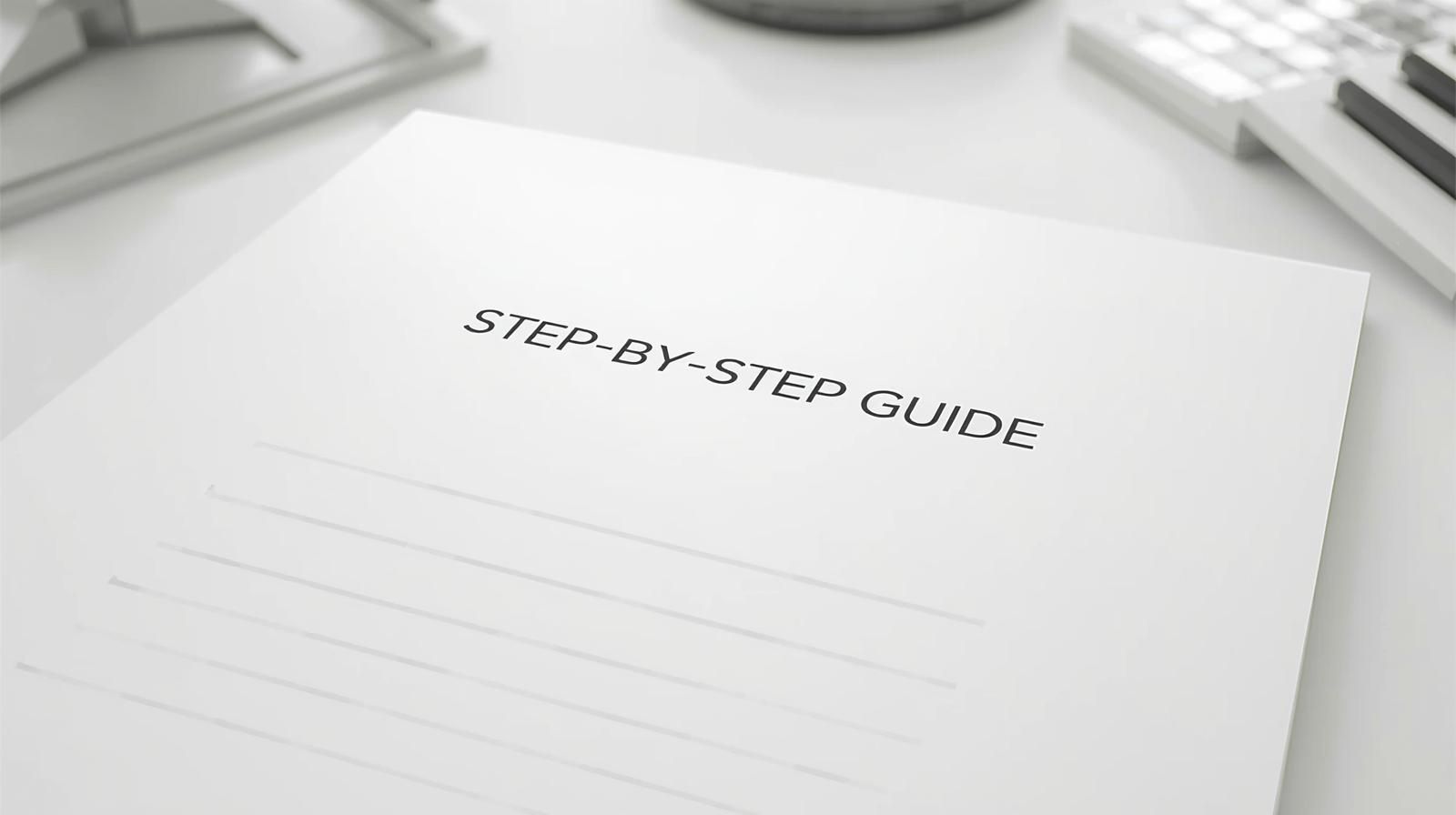
Step 1: Confirming Eligibility and Obtaining Your COE
Your journey begins with verifying your eligibility for the benefit by obtaining your Certificate of Eligibility (COE). The COE is the official document from the VA that tells your lender that you meet the military service requirements.
How to Get Your COE:
-
Work with a VA-Approved Lender (Recommended): This is the easiest and fastest method. Your chosen lender can often use the VA's Automated Certificate of Eligibility (ACE) system to pull your COE almost instantly. This is the path we recommend for its speed and simplicity.
-
Apply Online via the VA's Website: You can apply directly through the VA's benefits portal.
-
Apply by Mail: Complete VA Form 26-1880 and mail it to the appropriate VA regional loan center. This method takes the longest.
You'll need specific documentation to prove your service, such as your DD Form 214 (for Veterans), a Statement of Service (for active-duty members), or other records for Reserve and National Guard members. Getting your COE squared away is the non-negotiable first step.
Step 2: Finding the Right VA-Approved Lender and Getting Pre-Approved
Once you have your COE, it's time to find a lender who specializes in VA Loans. Not all lenders are the same; choosing one who understands the nuances of the VA process is paramount for a smooth closing.
-
Choose a VA Loan Specialist: We encourage you to seek out lenders with extensive experience handling VA financing, as they are familiar with the specific paperwork, appraisal requirements, and timelines.
-
Get Pre-Approved: A VA Loan Pre-Approval is essential. It's a formal statement from the lender indicating how much you're qualified to borrow. This step involves submitting your COE, income documentation (W-2s, pay stubs, etc.), asset information, and allowing the lender to check your credit. Pre-approval gives you a realistic budget and makes you a much stronger buyer in the eyes of sellers.
Step 3: House Hunting and Making an Offer
With your pre-approval in hand, you're ready to start house hunting! Since the VA loan requires the property to be your primary residence, focus your search on homes where you intend to live.
-
Work with a Military-Friendly Real Estate Team: This is where our expertise comes in. Jeff is a Retired Combat Medic so we understand the unique needs of military families, including PCS moves and local base housing markets. We’ll help you find homes that meet the VA's minimum property requirements (MPRs).
-
Making an Offer: The VA Loan is competitive in the current housing market. While there are limits on what the seller can pay toward your closing costs (typically up to of the loan amount in concessions), the strength of the $down benefit and the government backing is a significant draw. We’ll craft a strong offer that highlights your financial readiness.
Step 4: The VA Appraisal and Underwriting
This stage is where your loan moves from approval to conditional approval. It involves two major components: the VA Appraisal and Underwriting.
-
The VA Appraisal: The VA requires a property appraisal performed by a VA-assigned appraiser. This appraisal serves two purposes:
-
It determines the Fair Market Value of the home to ensure the loan amount does not exceed the property’s worth.
-
It verifies the property meets the Minimum Property Requirements (MPRs), which ensure the home is safe, sanitary, and structurally sound. MPRs protect you from buying a home that requires immediate major repairs.
-
-
Underwriting: The underwriter thoroughly reviews your financial documents, including your debt-to-income (DTI) ratio, credit history, and employment stability, to ensure you meet all credit and income requirements for the loan. Our team and your lender will work closely to quickly address any conditions the underwriter requires.
Step 5: Closing Day and Getting Your Keys
Once the appraisal and underwriting are fully satisfied, you'll receive the all-clear, often called "Clear to Close."
-
Final Walkthrough: We'll accompany you on a final walkthrough of the property to ensure the home is in the same condition as when you agreed to purchase it and that any agreed-upon repairs have been completed.
-
The Closing: You will sign all the final paperwork, which officially transfers ownership of the home to you and finalizes the loan. This is where you'll pay any remaining closing costs and your prepaid items (like taxes and insurance).
-
Key Ceremony! Congratulations! You are now a homeowner. For active-duty service members, you must move into the home within 60 days of closing, as the VA loan is strictly for an owner-occupied primary residence.
Demystifying Common VA Loan Complexities
While the VA Loan is one of the most beneficial programs available, a few complex topics often confuse military home buyers. We're here to clear the air.
Understanding VA Loan Limits and Entitlement
Until 2020, the VA set maximum loan limits that often required a down payment for higher-priced homes. However, under the Blue Water Navy Veterans Act of 2019, Veterans with their full entitlement are no longer subject to these loan limits. This means if you have full entitlement, you can get a -down VA Loan for any home price, as long as you qualify financially and the property appraises for the purchase price.
For those with remaining or partial entitlement (often because you have one VA loan you haven't paid off or a past default), a loan limit still applies. The limit is based on the Federal Housing Finance Agency (FHFA) conforming loan limit for your county. For example, as of 2025, the standard VA loan limit for many areas, including Charleston, South Carolina, is $806,500. If your loan amount exceeds this remaining entitlement threshold, a down payment would be required only on the overage amount. We can help you check your current entitlement status easily.
Can We Use the VA Loan More Than Once?
Yes, absolutely! Your VA Loan benefit is a lifetime benefit and is generally reusable. There are a few ways to restore your entitlement to purchase a second, third, or even fourth home:
-
Selling the Home: The most common way is to sell the property and fully pay off the VA Loan. This completely restores your full entitlement.
-
One-Time Restoration: You can apply for a one-time restoration of your full entitlement without selling the home, provided your VA loan has been paid in full (e.g., through a refinance or paying it off) and you agree to use your loan benefit again for a new primary residence.
-
Using Remaining Entitlement: If you don't sell your current VA-financed home, you may still have "remaining entitlement" that you can use to buy a new primary residence. Depending on the local loan limit and your remaining entitlement amount, you may be able to purchase the new home with down, or you may be required to make a small down payment.
Qualifying with Deployment and Military Income
We specialize in working with military income and deployments. Lenders consider all forms of stable, documented income, including Basic Allowance for Housing (BAH), Basic Allowance for Subsistence (BAS), and other non-taxable allowances. Since BAH is often a non-taxable income, lenders can sometimes "gross up" that income—meaning they can increase the qualifying amount by to —to get a clearer picture of your actual purchasing power.
For those currently deployed, it’s still possible to close on a VA loan. We can facilitate the use of a Power of Attorney (POA), allowing a trusted individual (like your spouse) to sign the documents on your behalf while you are away. We’ll coordinate with your lender and the closing attorney to ensure a seamless experience.
Your Next Mission is Homeownership
Your service has earned you this incredible benefit. Don't let confusion or fear keep you from achieving the dream of homeownership. As a husband and wife team, we are dedicated to serving fellow military familes, providing expert, personalized guidance from pre-approval to closing. We're seasoned navigators of the VA Loan system and are ready to put our experience to work for your family.
Ready to start your home search or just curious about what you can afford?
Reach out to us today for a confidential consultation!
Who is a Trusted Lender we've worked with before? Jenny Wellington - Branch Manager
Click here to explore all our latest real estate blog posts and resources!
Top 5 Questions About Buying or Selling a Home with a VA Loan
Q1: What credit score do we need to qualify for a VA Loan?
While the VA does not set a minimum credit score, most VA-approved lenders require a minimum score, typically around , to approve the loan. Lenders use this score to evaluate your financial history and predict your ability to repay the mortgage. A higher score may lead to better interest rates, but the VA loan program is generally more flexible than conventional loans for borrowers with less-than-perfect credit.
Q2: Can we use our VA Loan to buy a multi-unit home?
Yes, you can use your VA Loan to purchase a multi-unit property with up to four units, as long as you plan to live in one of the units as your primary residence. This is a powerful investment opportunity, as rental income from the other units can often be used to help you qualify for the loan. We've helped many families leverage this benefit to begin their real estate investment portfolio while satisfying the VA’s occupancy requirement.
Q3: What are the biggest out-of-pocket costs we should expect at closing?
The biggest out-of-pocket costs at closing will typically be the closing costs and prepaid items, as the VA loan usually requires no down payment. Closing costs include fees for the appraisal, title insurance, and lender origination charges. Prepaid items cover initial payments for property taxes and homeowner’s insurance (and sometimes interest). Remember, the seller is allowed to pay a portion of these costs, which is a negotiation point we can utilize in your offer.
Q4: Can we use a VA Loan to purchase a second home or investment property?
No, the VA Loan is strictly for purchasing a primary residence—a home you, or your spouse/dependents, intend to occupy. You cannot use the VA Loan to purchase a vacation home, an investment property, or a home you do not intend to live in first. However, after you satisfy the initial occupancy requirement, you are free to move out and convert the property into a rental or second home while retaining the VA Loan.
Q5: What happens if the VA appraisal is lower than our offer price?
If the VA appraisal comes in lower than your agreed-upon offer price, you have a few options due to the VA Appraisal Clause. You can ask the seller to lower the price to match the appraisal value, you can pay the difference in cash (the VA limits the loan amount to the appraised value), or you can walk away from the deal with your earnest money using the VA escape clause. We’ll help you navigate this negotiation to get the best outcome.
Categories
- All Blogs (31)
- Cost of Living in Summerville SC (7)
- Cost of Selling or Buying a Home (5)
- Downtown Summerville SC (1)
- Golf in Summerville SC (2)
- Guides (11)
- Lifestyle and Culture (4)
- Market Trends (1)
- Nearby Areas & Comparison Guides (7)
- Neighborhoods in Summerville SC (14)
- PCSing to Charleston SC (8)
- Property Taxes in Summerville SC (2)
- Relocation Questions & Miscellaneous Topics (10)
- Retire in Summerville SC (2)
- Schools in Summerville SC (9)
Recent Posts
